It’s no secret that link building campaigns are critical to ranking organically.
If you want better search engine rankings, you need more backlinks.
Links give context and power to pages that Google considers authoritative.
Google will almost certainly see a page with 100,000 links as more authoritative than one with 1,000 links. (Unless all those links suck.)
But that is exactly the problem– everybody needs links, and everyone campaigns for them.
So how on Earth do you get links when half your inbox messages are other people asking you for a link?
Many marketers have stopped campaigning because they think link building is“annoying” or “disrespectful.”
But you need those links if you want to increase organic traffic.
So link building still needs to be a priority.
Thankfully, there are a few ways you can campaign for backlinks that are guaranteed to produce results — and avoid annoying people.
Here’s why you need to be building links, plus four link-building campaign tips that still work today.
Why Link Building Matters
We often hear that link building should be a cornerstone of our SEO efforts.
Which is true, but many marketers don’t know why.
Why do you need links? What is it about links that make your content rank better?
Backlinko analyzed over 1.8 million Google search results pages.
Their goal was to figure out what factors correlate to higher rankings.
Guess what they noticed for backlinks?
They found that building links was critical for ranking position.
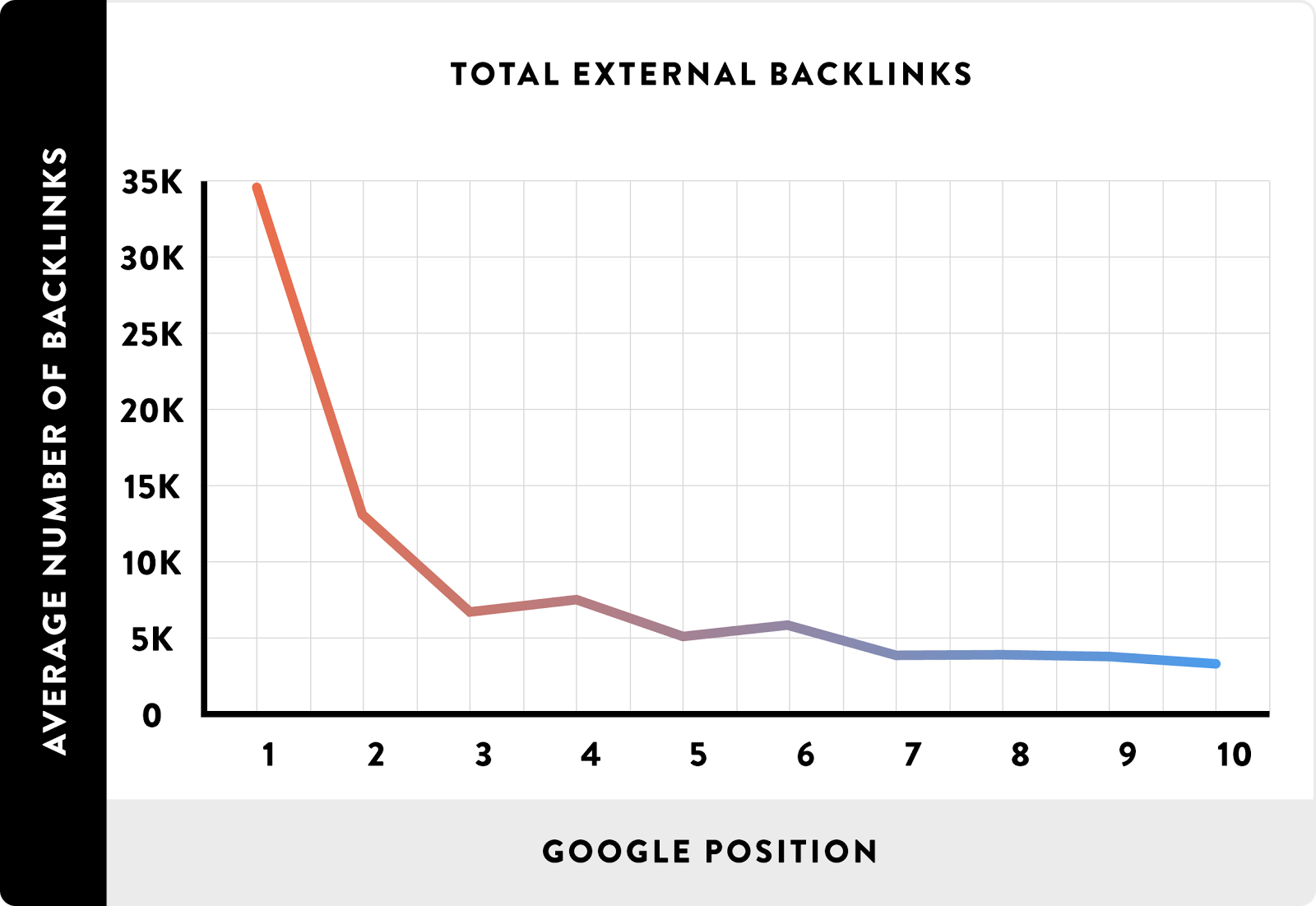
The top-ranking 3.8x more backlinks than posts in positions #2 through #10.
But that’s not all.
Simply having 100,000 backlinks isn’t going to get you rankings.
Spamming your links on a forum or directory or the comments section of a blog won’t get you good links.
Because they found the number of referring domains mattered as well.
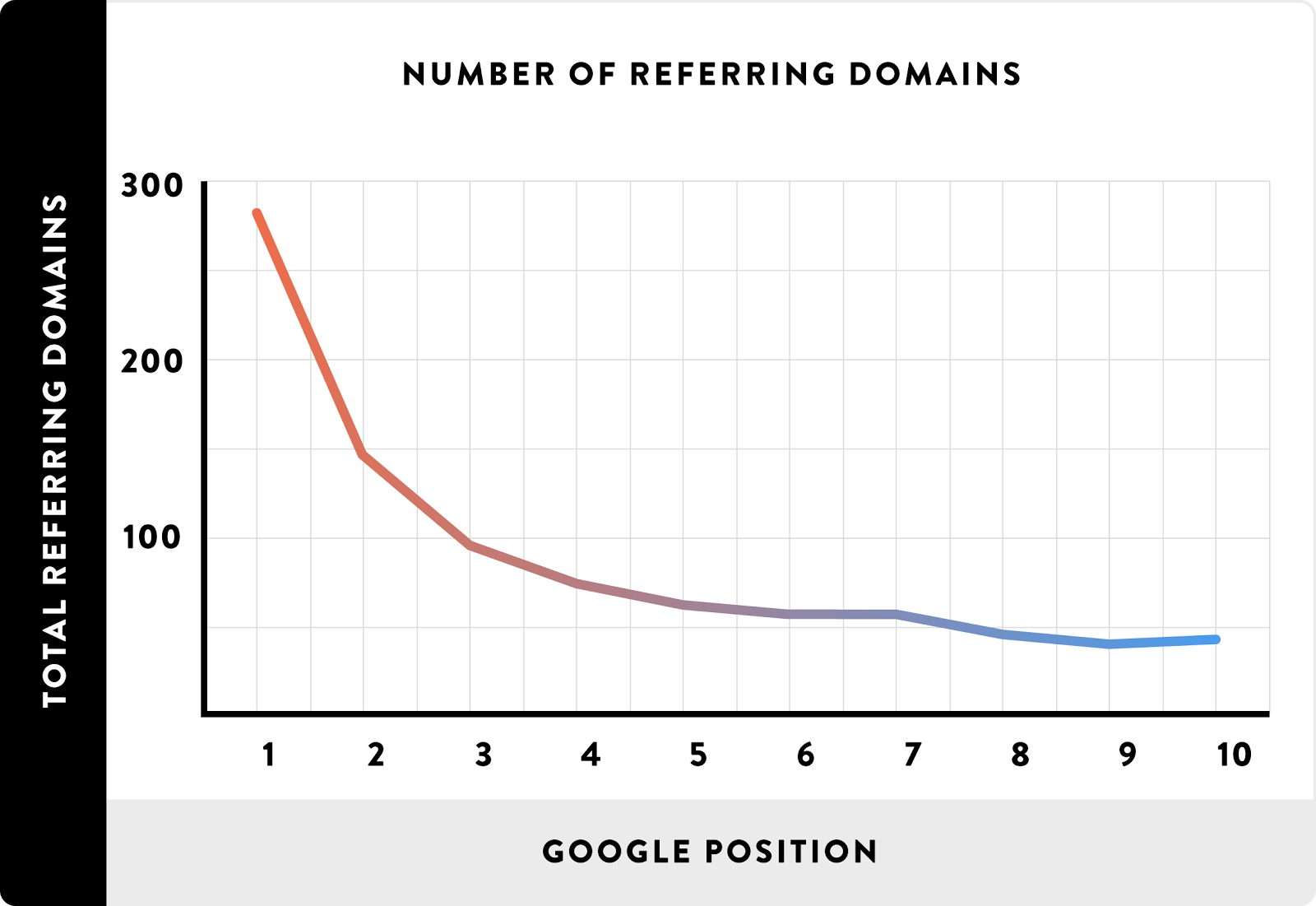
This means that having backlinks from a diverse source of sites is critical for ranking.
Backlinko also found that sites with higher domain link authority ranked higher on Google.
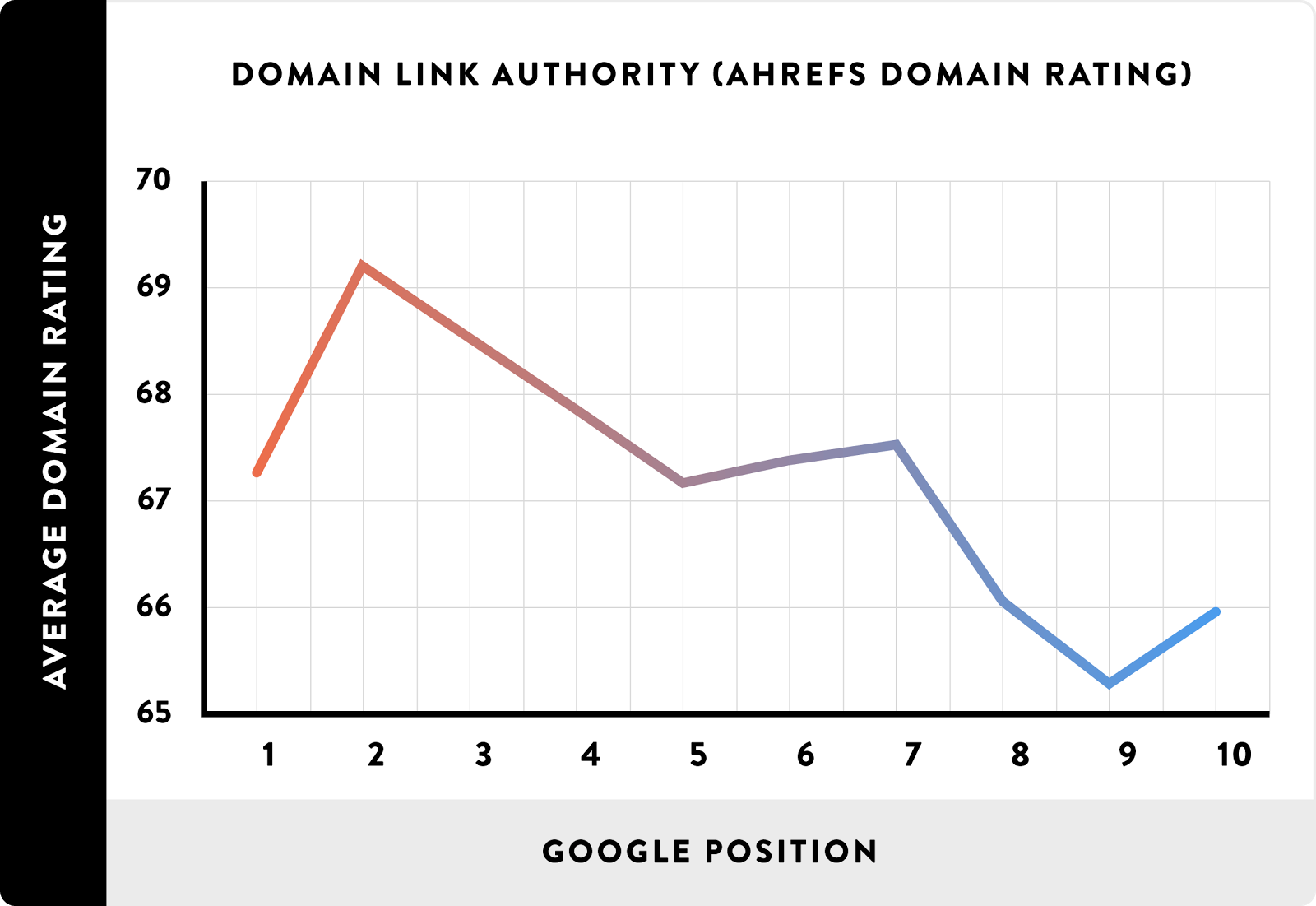
So what exactly does that mean for link building?
It means you need to focus on getting high-quality links from high-quality sites.
The higher the domain authority, the more powerful the site and the better the link.
Let’s conduct this simple experiment on our own.
Fire up Google and search for a random industry keyword like “content marketing guide.”

Click on one of the top results on the first page.

Now, copy and paste that link into Moz’s Link Explorer to see how many links that individual page has.
Look under the “Established Links” section.
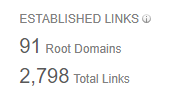
Did you notice how many links it has? A lot. Nearly 3,000 of them.
That means almost 3,000 pages have linked to that specific post, giving it tons of authority.
Now let’s go to the second page of Google for that same search result and click on the first result (on the second page).

Take that link and plug it back into Open Site Explorer and inspect the number of links.

You can instantly see why some content ranks higher than others.
This second piece of content is excellent. I’ve read it multiple times myself.
The domain authority of the site is significant. But without links, you can’t expect to compete.
Links are a factor that Google uses to measure relevancy, authority, and popularity of content.
Link building is a necessary evil when building your SEO strategy and getting more organic traffic.
Here are four link-building campaign tips that still work.
Link Building Strategy #1:Guest Blogging
Guest blogging is one of the avenues for driving new traffic to your site.
It’s relevant, industry-specific, and allows you to brand yourself as an industry expert and thought leader.
Despite what you might have heard, it isn’t dead. But you have to do it right.
Blogging on your own site is great. But posting on guest sites that already have millions of fans is an easy way to draw traffic you otherwise couldn’t access.
I do this all the time on other sites.
For example, I guest blog frequently on sites like Inc., Entrepreneur, and Huffington Post:
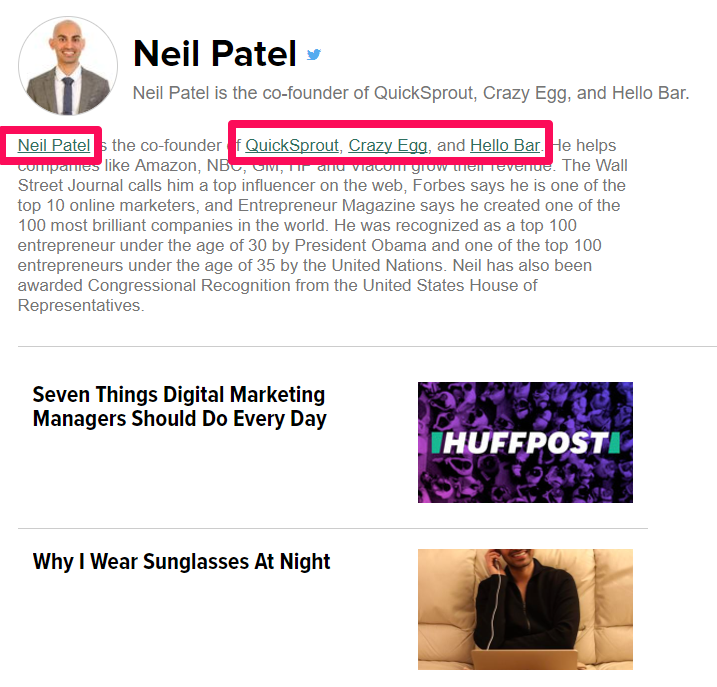
Look at those boxes I highlighted. Those are links back to my sites.
In fact, on every single post, I get a custom author byline that links back to my sites.

Think of guest blogging like this: It’s nearly free promotion.
You write a great article for a publication. In exchange for that work you’ve delivered, you get valuable links.
So the key here is to only guest post on high-quality, high-profile sites.
Don’t waste your time guest blogging on sites with no authority.
You’re better off posting on your own blog.
However, focus on posting with high-quality sites like Huffington Post or marketing niche blogs like HubSpot.
Guest blogging is a give-and-take endeavor.
You provide a great article that takes time and effort, and you get the reward of links and traffic back to your site.
So how do you do it?
It’s actually pretty easy.
To get started, you simply need to prospect for sites that allow guest posting.
That’s easy, too. Do you have a favorite marketing blog? For example, maybe your favorite blog is SEMrush.
Start by heading to Google, then do a custom search like this:

You can also use searches like:
((target site)) + guest post
((target site)) + guest blog
((target site)) + blogging guidelines
And look what shows up first:

Click on that post and check out their guidelines. You can get started submitting a guest post almost instantly.
The beauty of this technique is that it’s fast and simple.
You don’t need to find a fancy email-outreach tool or conduct hours of email prospecting.
You don’t have to cold email people and wait weeks for a “no.”
You simply fill out a form and get judged for submission.
There’s no easier way than using the guest-blogging technique to get links.
Link Building Strategy #2: Mention Influencers in Your Post
Have you ever read a blog post like, “What the top industry experts say about X?”
I know I have.
I see them all the time, in fact.
Or perhaps round-up-style posts like this:
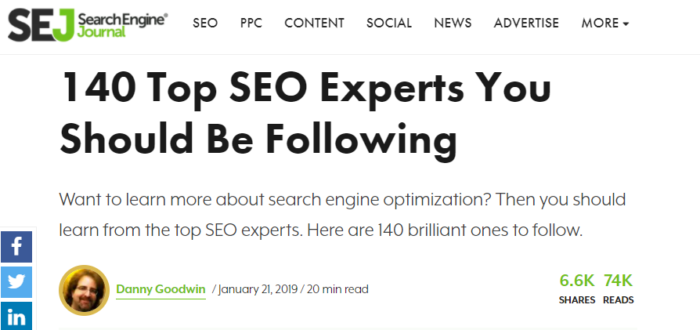
Those who write these articles do so for a very specific reason. They’re interesting, and they get links like no other.
When you mention a popular influencer in your post, you get more links.
Why? Because the influencer that you mentioned will most likely share it (if it’s good). And that will result in more links.
For example, check out this post on the Content Marketing Institute:
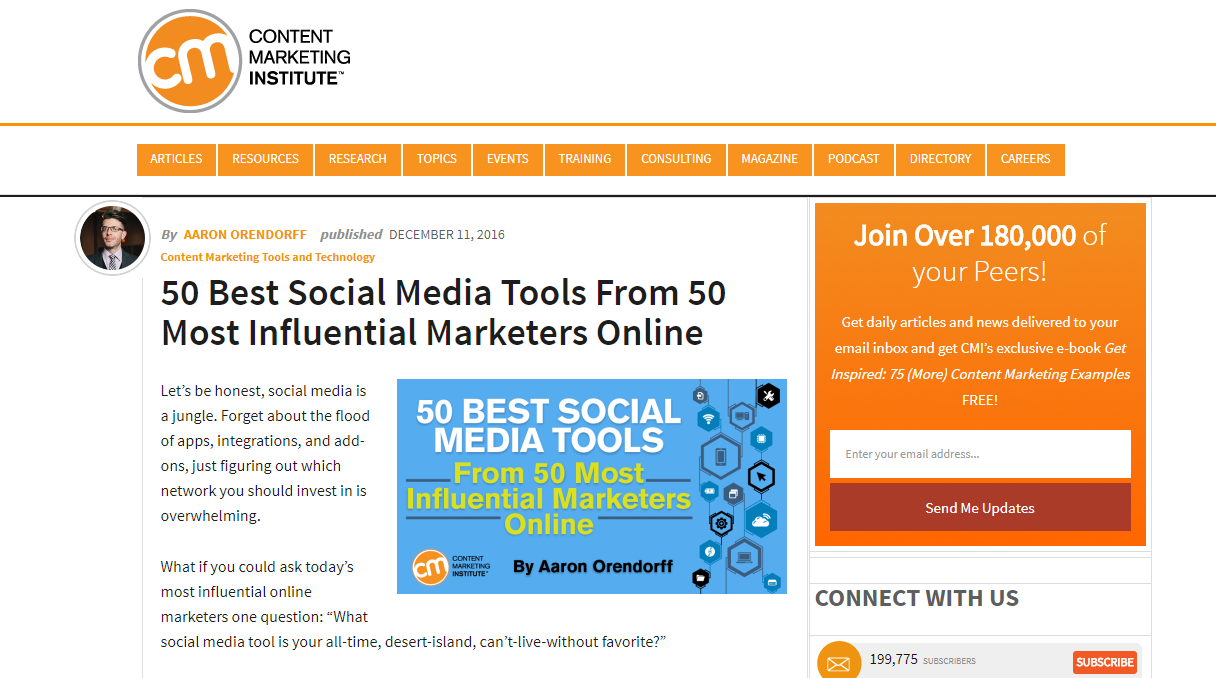
It’s entitled: “50 Best Social Media Tools From 50 Most Influential Marketers Online.”
If that isn’t a link-generating post, I don’t know what is.
Scroll down, and you’ll quickly see mentions of the top industry experts.
I got an easy link myself by submitting my answer for this post.

So there’s some give and take.
I provide information for this expert article in exchange for a link. Then I give another link back to this post to drive more traffic.
It’s a cycle of link building that works almost every time.
When you mention someone in your article, you let them know they’re a popular, insightful influencer.
That’s powerful.
That makes me want to give a link back to that specific post because it mentions me and contains relevant, helpful content.
So how do you start doing it?
Start by searching for posts just like that one.
For example, you can search for something like this:

This type of search will turn up listicle-style round-up posts with tons of the top influencers.
Click on any of these posts and find the best influencers to mention in your next article.
But remember: the article must be high-quality to get links. When you mention an influencer, make sure the overall quality of your article is top-notch.
Gaining links isn’t a fast process.
Techniques like this will help speed up that process.
Mentioning influencers is a wonderful way to get their attention and give them praise, while gaining links for yourself.
Link Building Strategy #3. Prospect for Broken Links
Prospecting for broken links is an old technique that still works.
The method has been around for many years, and for a good reason: It still works even today.
The idea is pretty simple.
You browse a popular industry blog or influencer blog and scan the page for broken links.
If you come across one, send an email to that blogger to let them know their post has a broken link.
That’s where you slip in your blog post for the pitch.
You say something like, “I noticed X link is broken. I have an article on this subject you can replace it with.”
Obviously, you want to be a little less aggressive in pitching, but that’s the basic premise.
So how do you do it?
Use a tool like Check My Links.
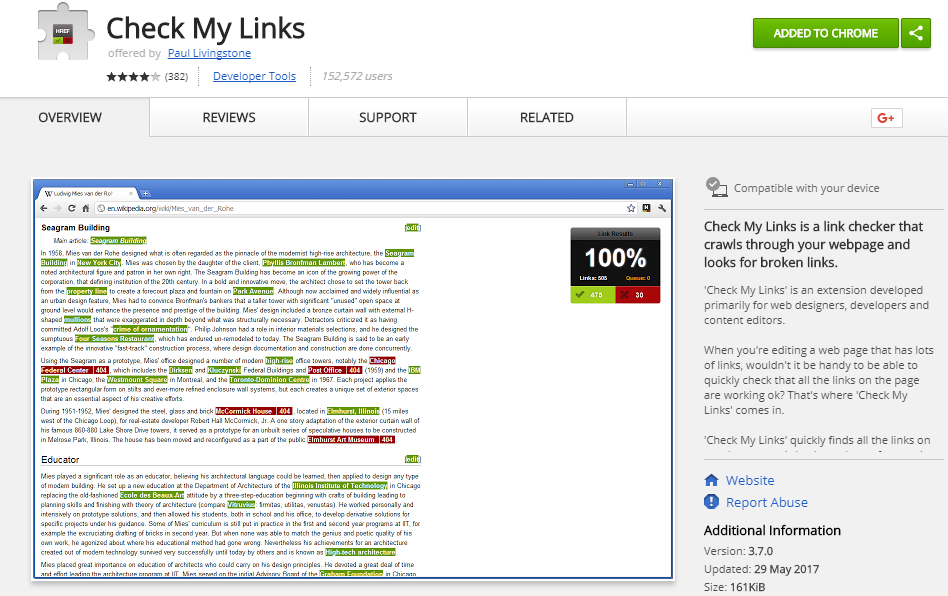
Simply add the extension to your Chrome browser and head to your favorite industry blog.
For example, we can conduct this test on my own blog.
Here’s what using the tool looks like on my site:
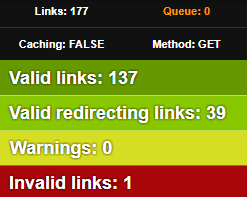
Find that invalid link and use it to pitch the writer your own blog post to replace it.
Try using a simple email template. I’ve used this short-and-sweet one before with great success:
Hi, __,
I was reading your post on X and noticed that X link wasn’t working.
I loved the post and just wanted to let you know so you can fix it.
I actually have an article (insert link) that I wrote about this subject. If you want, you could replace the broken link with it.
Best,
Neil.
Try being real, honest, and simple in your correspondence.
Don’t try to game the system or use people. Simply offer your link as an easy fix for their problems.
Link Building Strategy #4. Use Infographics as Link Bait
Infographics are some of the most-shared types of content.
In fact, there are entire sites dedicated solely to publishing infographic content.
Why do people love infographics?
It’s because visual content performs best.
People don’t want to read a 6,000-word blog post; they want to scan your infographic and get that information in just a few seconds or minutes.
I use them all the time because they work. They get shares, and they get links.
People will often clip images from your infographic for their own blog, meaning you’ll get tons of links.
It’s a known fact that humans perceive visual content more efficiently than they do text.
For example, if you looked at an entire block of text, you would need to read it to understand it.
But with an infographic image, you can almost instantly understand the information you see.
Thankfully, you don’t need to be a design expert to make infographics.
You can use a site like Fiverr to find people who can create cheap infographics.

For only five bucks, you can get a pretty high-quality infographic.
So if you don’t want to spend an hour or two making one, just pay someone a few dollars.
If you prefer to customize everything on your own, you can use a tool like Venngage.
You can create a free account and instantly build infographics based on existing templates.
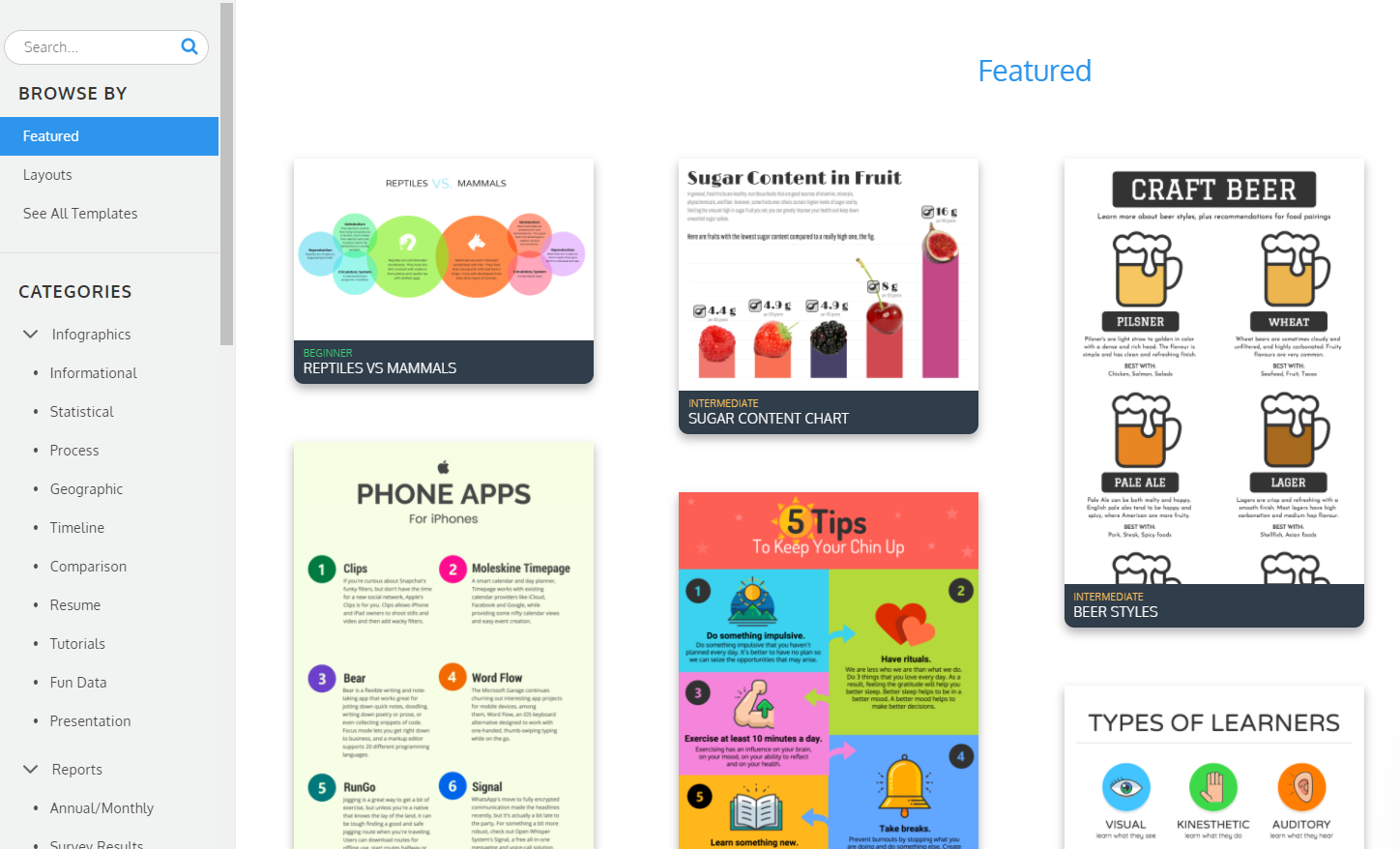
Choose between multiple categories based on your infographic topic.
Once you’ve selected one, you can view the preview of the template or hit “Create” to start editing it.
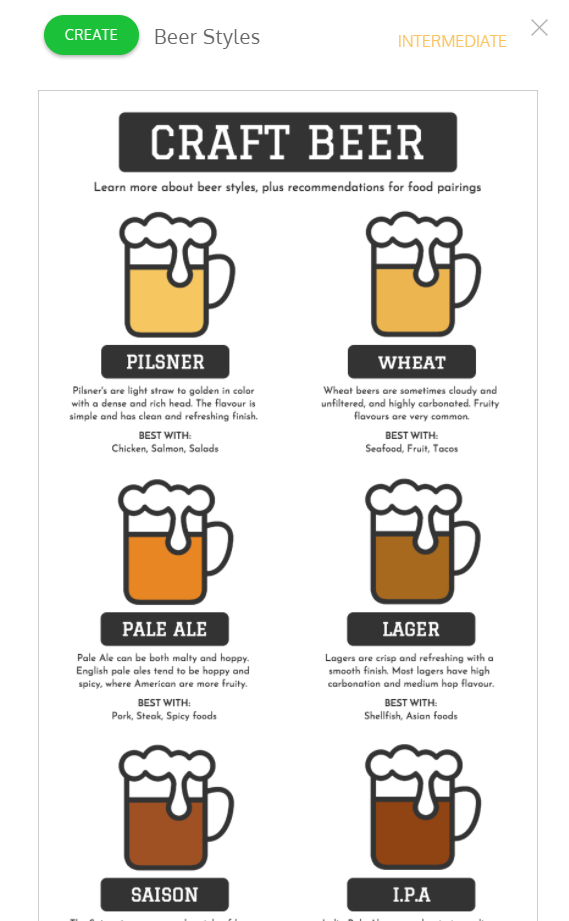
You can edit the images and text directly on the infographic page or add even more page elements.
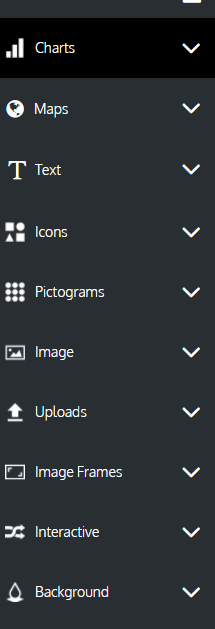
Venngage is a great tool for quickly creating great-looking infographics.
Once you’ve created one, simply publish it and start spreading the news.
People naturally love infographics, so you’re almost guaranteed to get some links.
Consider creating infographics for existing posts.
For example, do you have a blog post that’s already driving lots of traffic but not many links?
Take some of that information and repurpose the content into an infographic.
This tactic will give you a better chance at getting more links, as people readily share infographics online.
When in doubt, add an infographic to help your content get more shares and links.
Conclusion
If you want to rank better for organic search keywords, you need to focus on building links.
It’s no secret that more backlinks give you more power in the rankings.
Your content marketing efforts depend on links to gain traction.
Mentions and backlinks can drive huge amounts of relevant traffic back to your site.
Focusing your time and efforts on link building is critical.
Thankfully, there are still a few link-building campaign tips that work today.
Start by implementing an updated guest-blogging strategy. Next, mention top influencers in your post for a good chance at acquiring a link. If you strike out, try prospecting for broken links and pitching your content.
If all else fails, create high-quality infographics to bring in links.
What link-building campaign tips have you found that still work?